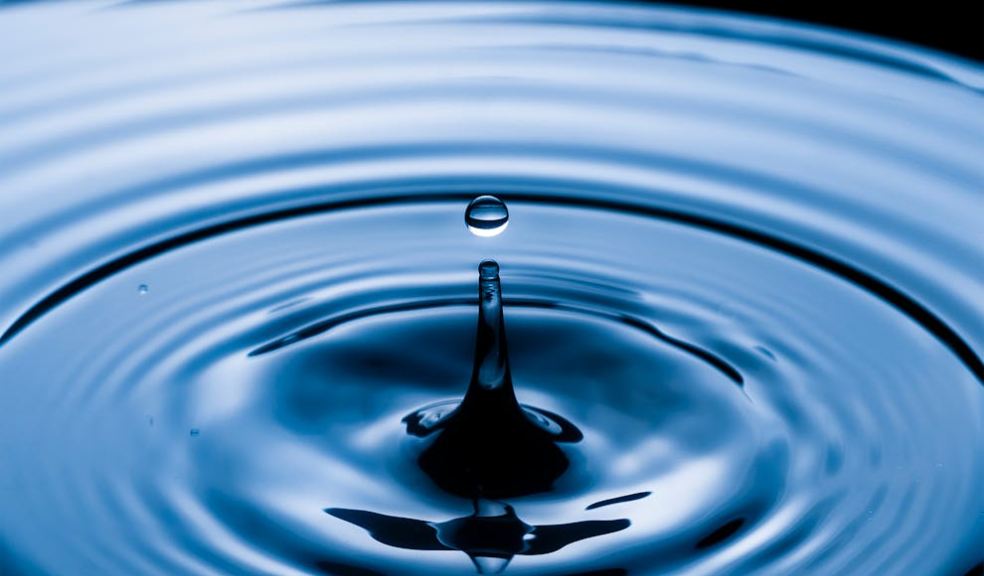
What are the First Steps to Take after Discovering Water Damage?
Water damage can catch any homeowner off guard. Taking immediate and appropriate steps can minimize its consequences.
First, ensure everyone's safety by observing the area for any potential hazards, such as electric wires or any structural damage. If you feel even a slight risk, evacuate immediately and call professionals.
The next step is to quickly identify the source of water leakage. A controlled water flow is much easier to deal with. Use towels, buckets, or mops to prevent further soaking if it's safe to do so. Remember, every minute counts in limiting damage.
Once the water source is under control, it's time to evaluate the extent of the damage. Take pictures and document everything as this can be useful when dealing with your insurance company.
Consult a professional water damage restoration company immediately. You can visit www.waterdamagespecialist.com.au to get expert advice and services related to water damage restoration.
Lastly, start the cleanup and drying process. If it's a minor leak, opening windows and using fans can help to dry things out. However, significant water damage needs to be addressed by professionals who have the proper equipment to ensure thorough drying and prevent mold growth.
The sooner you act, the less damage you'll have to deal with.
Identify Source of Water
The immediate action after suspecting a water damage at home involves identifying the source. Quickly locating the area can help mitigate further damage. Don't ignore even minor leaks or damp spots.
Shut Off Water Supply
If possible, stop the water flow instantly. This will prevent exacerbating the situation and contributing to additional property harm until professional assistance arrives.
Stay Safe First
Remember, safety is paramount to everything. Electrocution risk is high during such events, so be cautious when navigating flooded areas. Ensure all electrical appliances are turned off.
Document The Damage
Maintain a record of the damage for your insurer by taking photographs or videos. Strategic documentation allows for fair compensation from insurance companies.
Contact Professionals Early
Water damage problems escalate quickly due to its invasive nature. Therefore, engaging with a water extraction service immediately might halt potential structural issues. It's estimated that 14,000 people in the U.S. experience a water damage emergency at home or work each day.
Implement Electrical Safety
The discovery of water damage in your property can potentially involve electrical risk. Before venturing to examine the damage yourself, ensure that all switches, circuits, and electronic devices are turned off. This can help to avoid electrocution or further damage.
|
Steps |
Description |
|
Ensure safety |
Turn off electricity before entering the area. |
|
Document damages |
Capture evidence using a camera or phone. |
|
Remember: Mold can begin to grow within 24 to 48 hours after water damage occurs. Act quickly! |
|
Once it's safe, document any visible signs of water damage for insurance purposes. Use your phone or camera to take pictures of the affected areas. By doing so, you provide evidence that strengthens your claim.
Document Water Damage
Once you spot water damage in your home, the first step to take is documentation. Start by taking clear pictures and videos of the affected areas. This evidence will serve as a critical reference point when dealing with insurance companies or restoration professionals.
Noting down the extent and nature of the damage is essential too. For instance, do walls have moisture spots, or are floorboards warped from leaking pipes?
- Identify Affected Areas: Detail out where the water damage is most significant and any potential causes like leaks or floodings.
- Note Possible Causes: Are there any leaks in the roof, pipes or basement that led to this issue?
- Determine Damage Extent: How many rooms are affected? Are electronics, furniture, and other belongings damaged as well?
Safeguarding all this information helps streamline the restoration process. Besides, it will come in handy when proving your claim to your insurance company.
Contact Insurance Company
Immediately following the discovery of water damage, one essential step is to notify your insurance company. They will instruct you on critical next steps in accordance with your coverage policy.
Documentation is vital during this stage. Start by capturing detailed photographs before any cleanup efforts begin. This provides a clear depiction of the severity and extent of the damage.
- Photos are crucial: Your insurer needs these to accurately assess the situation and determine appropriate coverage.
- Damage Details: Record all specifics such as areas affected, visible mold, signs of structural damage, standing water levels and so on.
- Categorize correctly: Categories of water damage are classified as Category 1 (clean water), Category 2 (gray water), and Category 3 (black water), with increasing levels of contamination.
Note how the water infiltrated your space. Was it due to a leaky roof or from a burst pipe? Distinguishing between different causes might affect how your insurance claim is handled.
You may also need to prove that you've taken reasonable steps to prevent further damage. This can include small actions like moving furniture out of reach or larger efforts such as calling in professionals for urgent repairs.
Begin Immediate Cleanup
Your first action should be to determine the extent of the water damage. Check under furniture, behind walls, or in basements. Do not ignore any part of your house; you need a comprehensive assessment.
Next, take immediate steps to remove and dry out water. The longer water remains in your home, the more potential damage it can cause. You might consider using heaters, fans or dehumidifiers for drying.
- Assess Damage Thoroughly: After emptying water, assess any property losses, like damaged carpets or appliances.
- Document for Insurance: Document all damage including pictures and evidence of any standing water or unrepaired issues.
Homes can lose 1-10% of their value after being damaged by water if not properly remediated. Therefore, after documentation, contact your insurance company to discuss possible claims or compensation.
You may also want to hire professional cleaners specializing in water damage restoration, ensuring thorough cleanup and disinfection. This can prevent further issues such as mold growth which might affect your health.
Spot Signs of Mold
After discovering water damage, it's crucial to pay close attention to the potential presence of mold. It is typically characterized by a musty odor, discoloration on surfaces, and visible growth.
Mold thrives in damp conditions and can start developing within 24-48 hours after water intrusion. It's not only unsightly but also harmful to your health, triggering allergies and respiratory issues.
- Dark Spots: These might be small at first but can spread across ceilings, walls, furniture, or floors if the mold infestation escalates.
- Musty Odor: If there's a consistent musty smell in any area of your property, even after cleaning, this might indicate mold presence.
- Allergic Reactions: Symptoms like sneezing, coughing, headaches, or rashes might be a clear indication that you're dealing with mold issues.
The water damage and mold remediation industry are estimated to generate around $210 billion annually. This figure reflects how common these problems are across the globe. Therefore, knowing what signs to look out for is vital.
Total elimination of mold involves addressing the source of moisture - repairing leaks or resolving humidity issues. After addressing the cause, thoroughly clean affected areas with a suitable anti-mold product or hire professionals if needed.
Enlist Professional Help
Once you notice water damage, the very first step you should take is to enlist professional help. Experts can assist in rapidly mitigating the problem, preventing further damage or spreading to other areas of your property. Remember, water damage can quickly deteriorate materials like drywall, carpeting, and furniture.
Finding Reputable Companies
Start your quest for professional assistance by searching for reputable water removal and restoration companies. These organizations have the necessary training and equipment to handle situations like yours. They're also familiar with the proper protocols to follow to ensure your home or business is thoroughly cleaned and restored.
Contact Insurance Company
Another important step after spotting water damage is alerting your insurance company. Many policies cover water damages that aren't caused by natural disasters. Your insurer will guide you through the claims process and even have recommendations for trusted restoration companies.
Schedule An Inspection
Scheduling an initial inspection with a restoration company is crucial. They will evaluate the damage, identify its source, and devise a plan for remediation. A high-quality service provider will also provide you with a clear explanation of steps they intend to take in the repair process.
Acting on Water Damage
Once you discover water damage, immediately shut off the water source and remove any vital electronics or documents from the area. Contact a professional restoration service and inform your insurance company.











